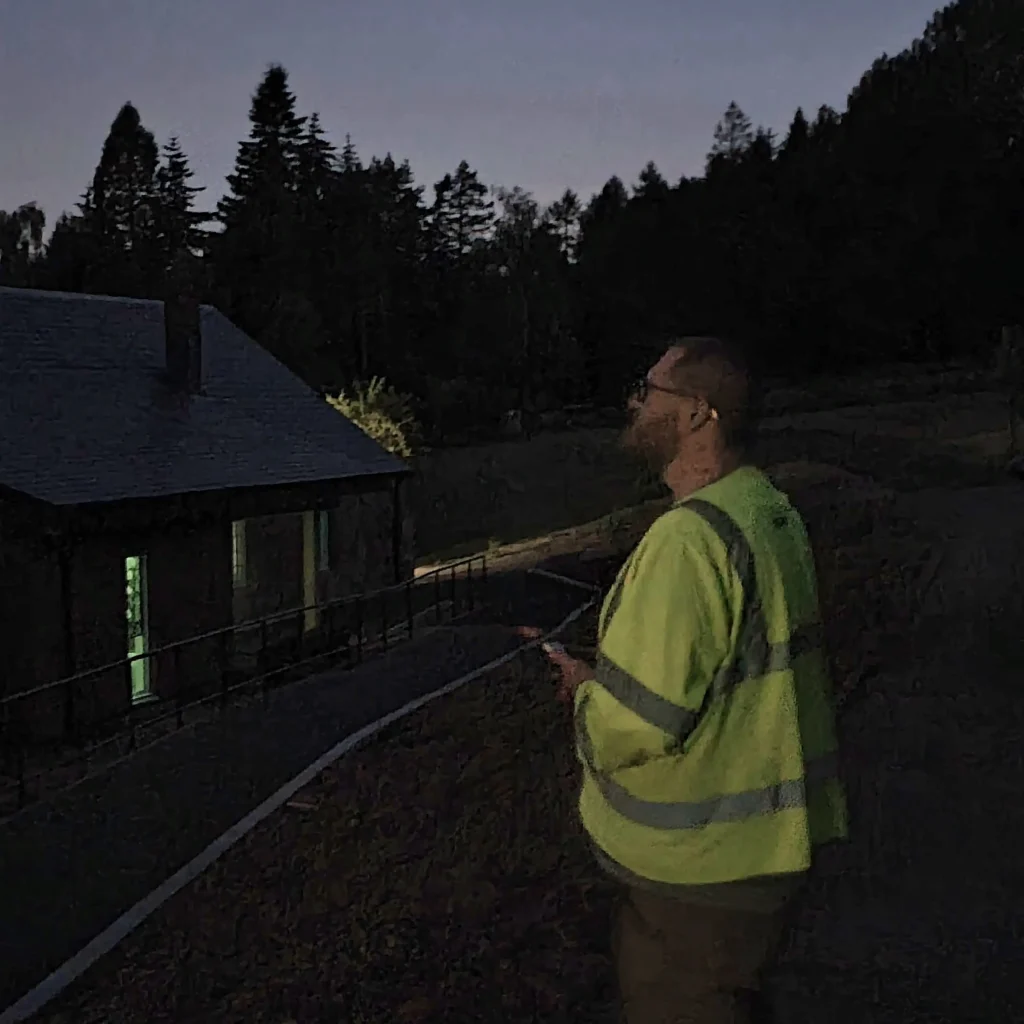Are you planning a development and need a Preliminary Roost Assessment, Emergence Surveys, Mitigation, or Bat Licensing? EP Ecology offers detailed bat surveys in Glasgow and throughout Scotland, helping developers meet legal requirements and secure planning permission efficiently.
Bats and their roosts are protected under the Conservation (Natural Habitats, &c.) Regulations 1994 due to their status as a European Protected Species. Disturbing bats or destroying their roosts—even accidentally—can result in legal consequences.
We have 10 species of bat in Scotland, and most of these like to roost in tight cavities. If your project may impact buildings, trees, or other features where bats could roost, your local planning authority may require a bat survey. EP Ecology is here to guide you through that process with expert insight and minimal delays.
We provide a tailored suite of bat surveys, assessments, and licensing services across Scotland. Whether you need a preliminary roost assessment or assistance with mitigation and licensing, we’re here to help.
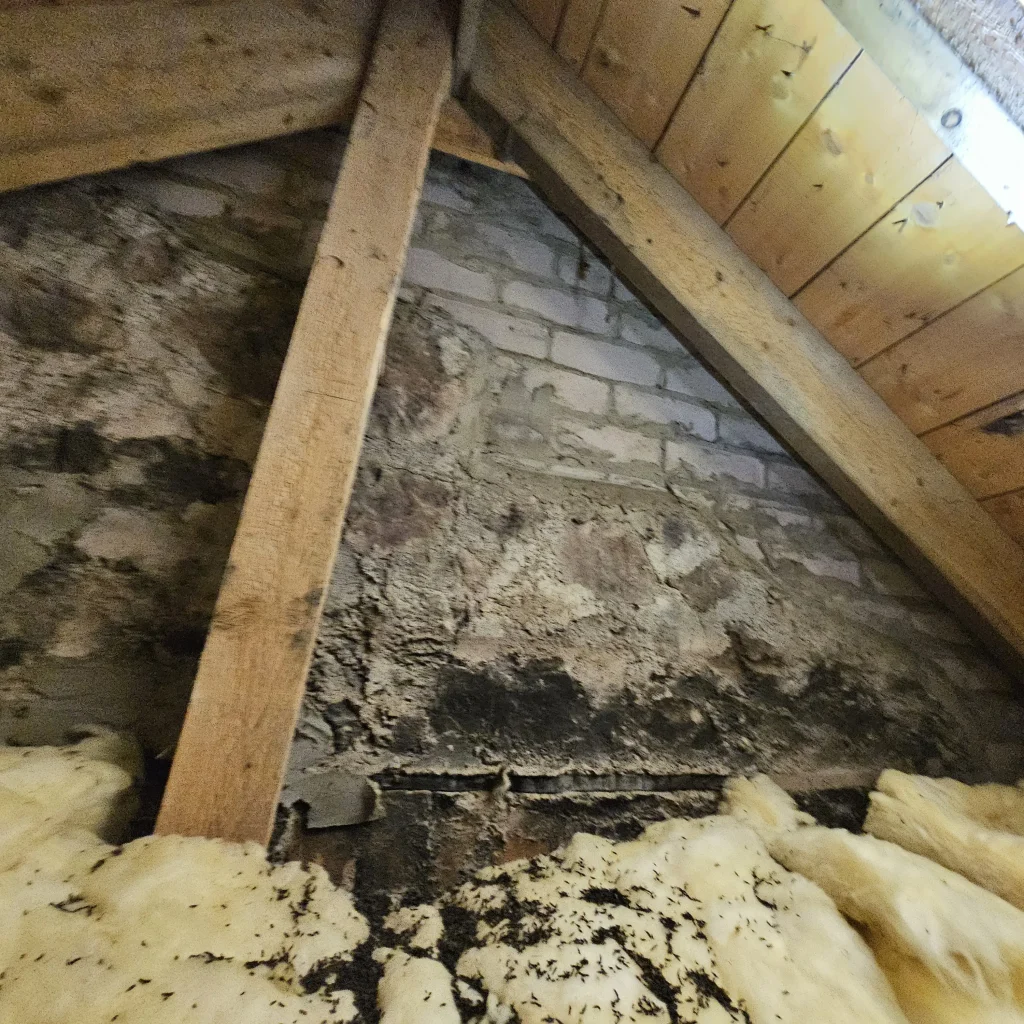
The first stage in most bat surveys, the Preliminary Roost Assessment, involves a site visit by an experienced ecological surveyor. We inspect buildings, trees, and structures for evidence of bats or roosting features such as:
Our licensed bat ecologists use specialist equipment to investigate potential roost sites. Where droppings are found, we can arrange DNA analysis to identify bat species. You’ll receive a detailed report suitable for planning applications, complete with photos and mitigation advice.
If bat presence is suspected, dusk surveys follow. Our team monitors suspected roost locations using bat detectors and visual observation at sunset. This allows us to:
These surveys are vital for informing planning decisions or applications for bat mitigation licences.
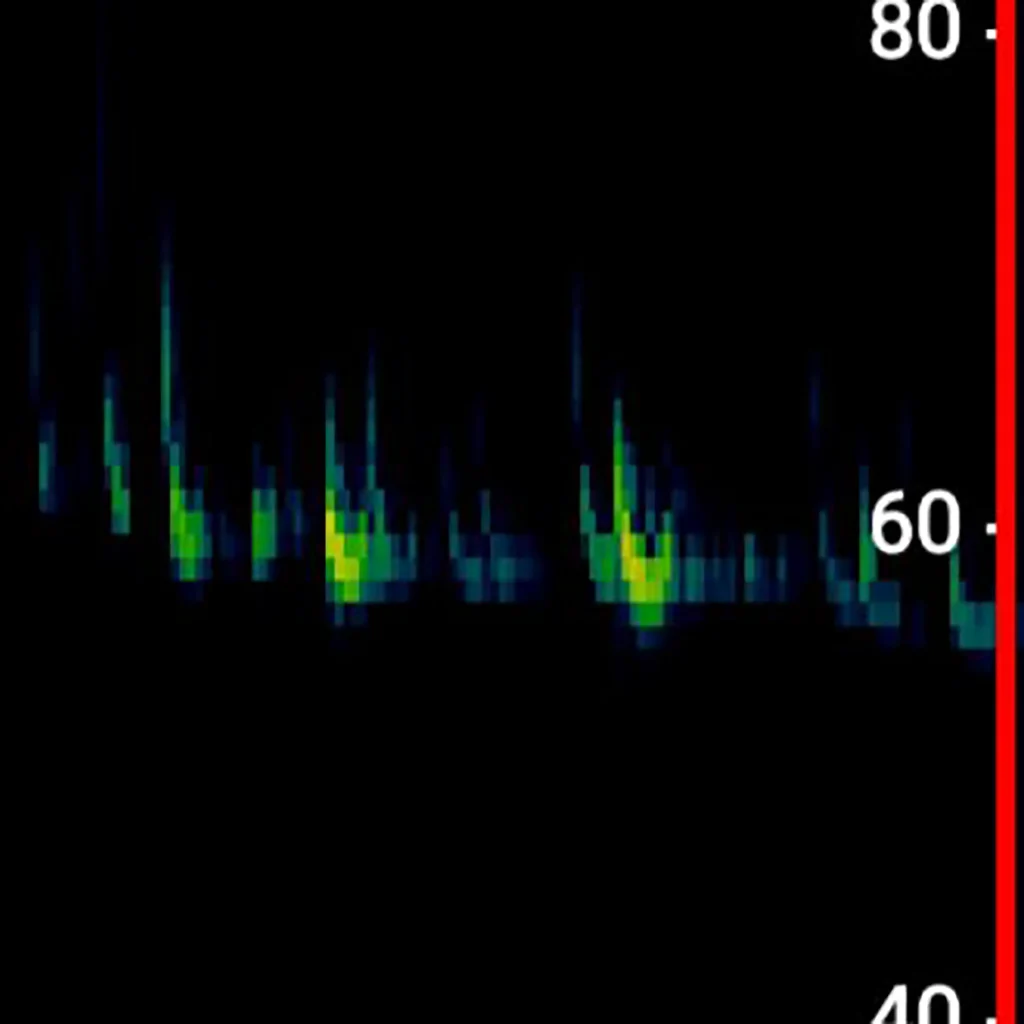
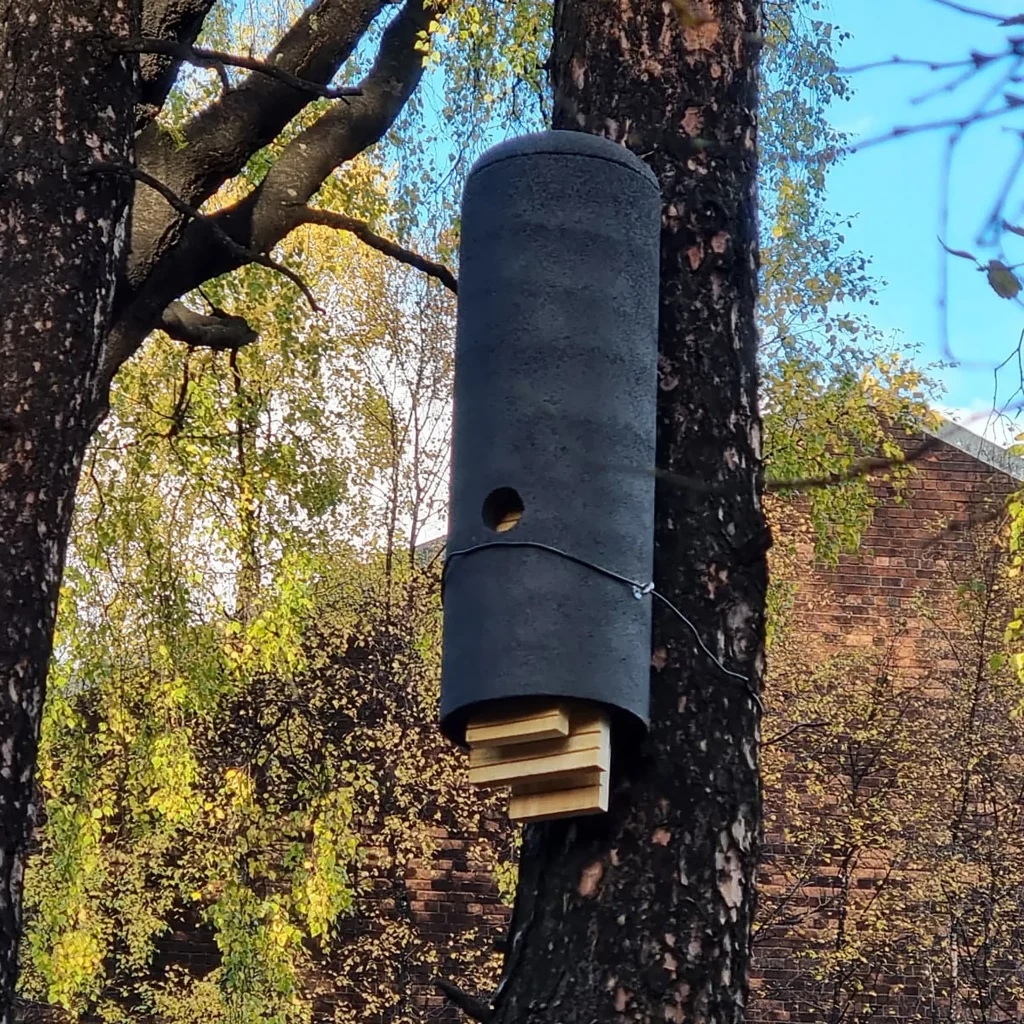
Where bats are present, we offer full support to ensure compliance. This includes:
We guide you through the legal process so that your project can proceed without risk of prosecution or costly delays.
Bat hibernation surveys, carried out between December and February, help determine the presence of bats during their inactive period. Using static sound recorders and direct inspection tools, our ecological surveyor in Glasgow and the neighbouring areas will check hibernation hotspots such as outbuildings, underground structures, and mature trees.
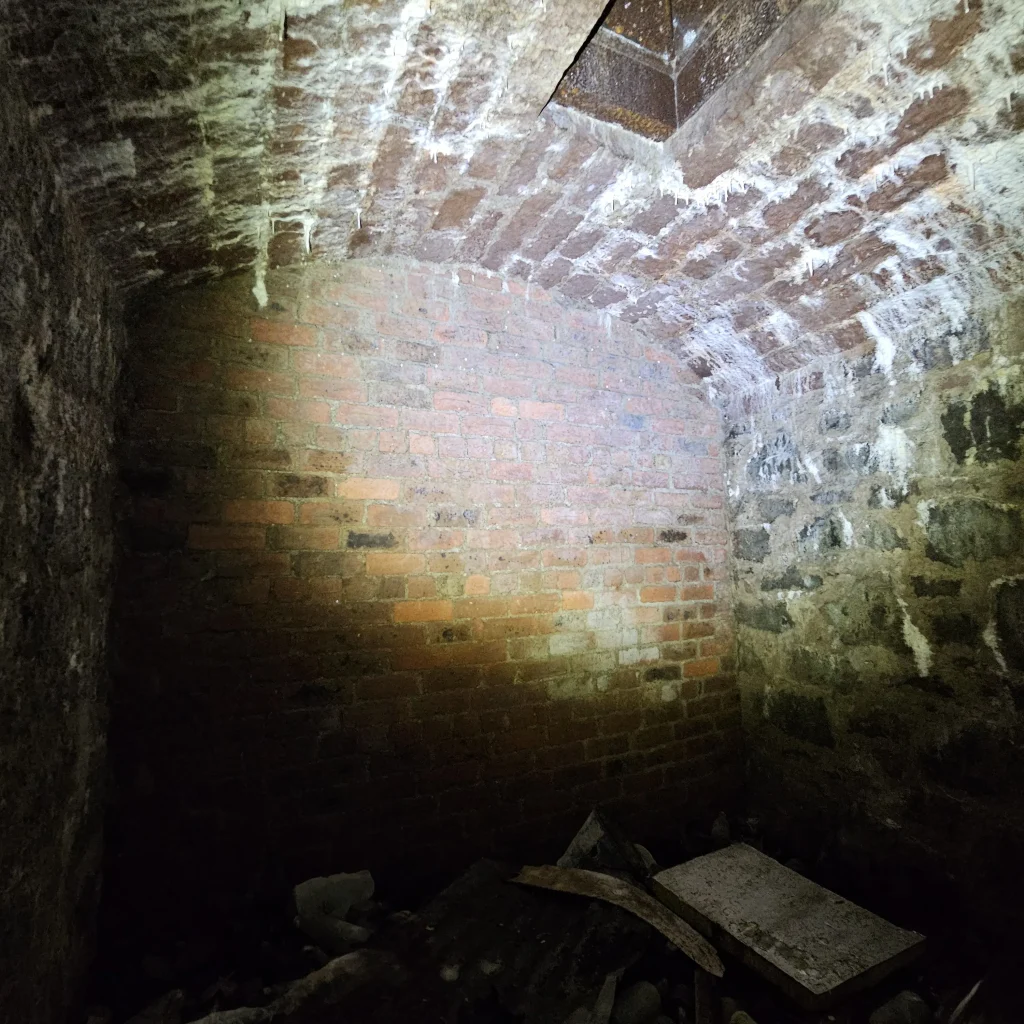
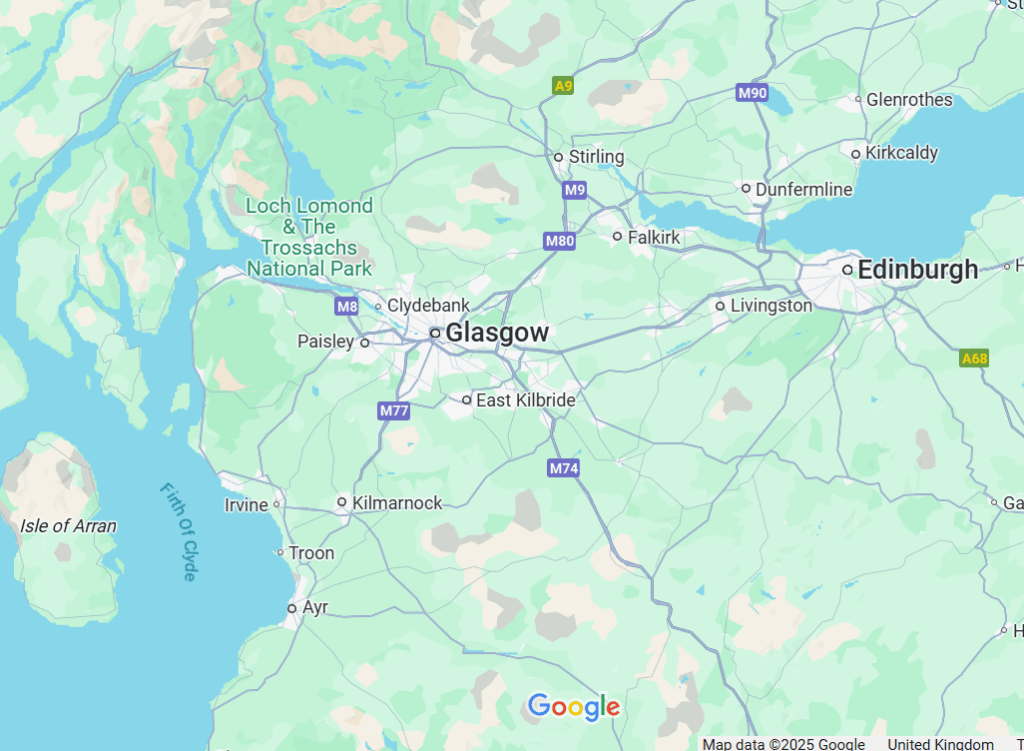
We provide specialist bat surveys across Scotland, serving a wide area including:
and more. Get in touch if you require our services.
We are trusted by planners, architects, developers, and homeowners seeking fast, reliable ecological assessments.
Reports delivered in as little as 10 working days, helping you avoid unnecessary delays.
All surveys are conducted by fully trained and bat-licensed ecologists in line with CIEEM best practices.
We understand Scottish habitats and planning regulations, delivering guidance tailored to your area.
Providing consistently high satisfaction, we’re a proven partner in ecology services in Scotland.
All quotes are bespoke and based on actual project scope—no hidden fees.
If your proposal involves modifications to structures or trees, especially in rural or wooded areas, your local planning authority may require a bat survey to rule out disturbance to protected species.
A Preliminary Roost Assessment for a small project typically takes three to six hours on-site, with reports delivered in 10 working days. If further dusk/dawn surveys are needed, these are spaced over several weeks between May and August inclusive.
If bats or evidence of bats is found, you’ll need a bat mitigation plan and may require a development licence from NatureScot. EP Ecology can handle the entire process for you.
Don’t risk your planning permission. Get expert advice and a fast turnaround with EP Ecology. Contact our team today for a no-obligation quote or use the form to reach out to us.
📞 Call us: 01355 457577
📧 Email us: info@epecology.co.uk
💬 Fill out our quick enquiry form
